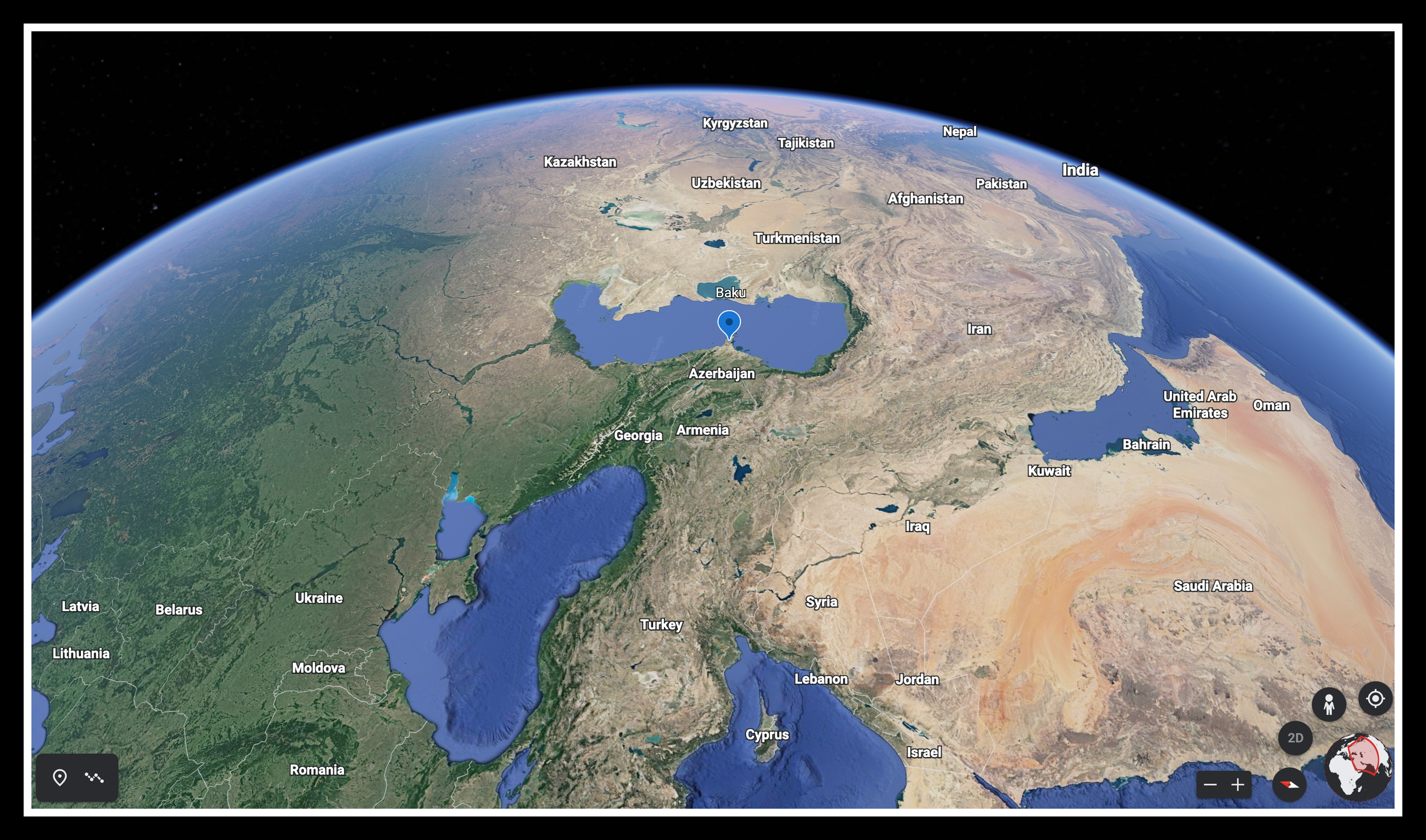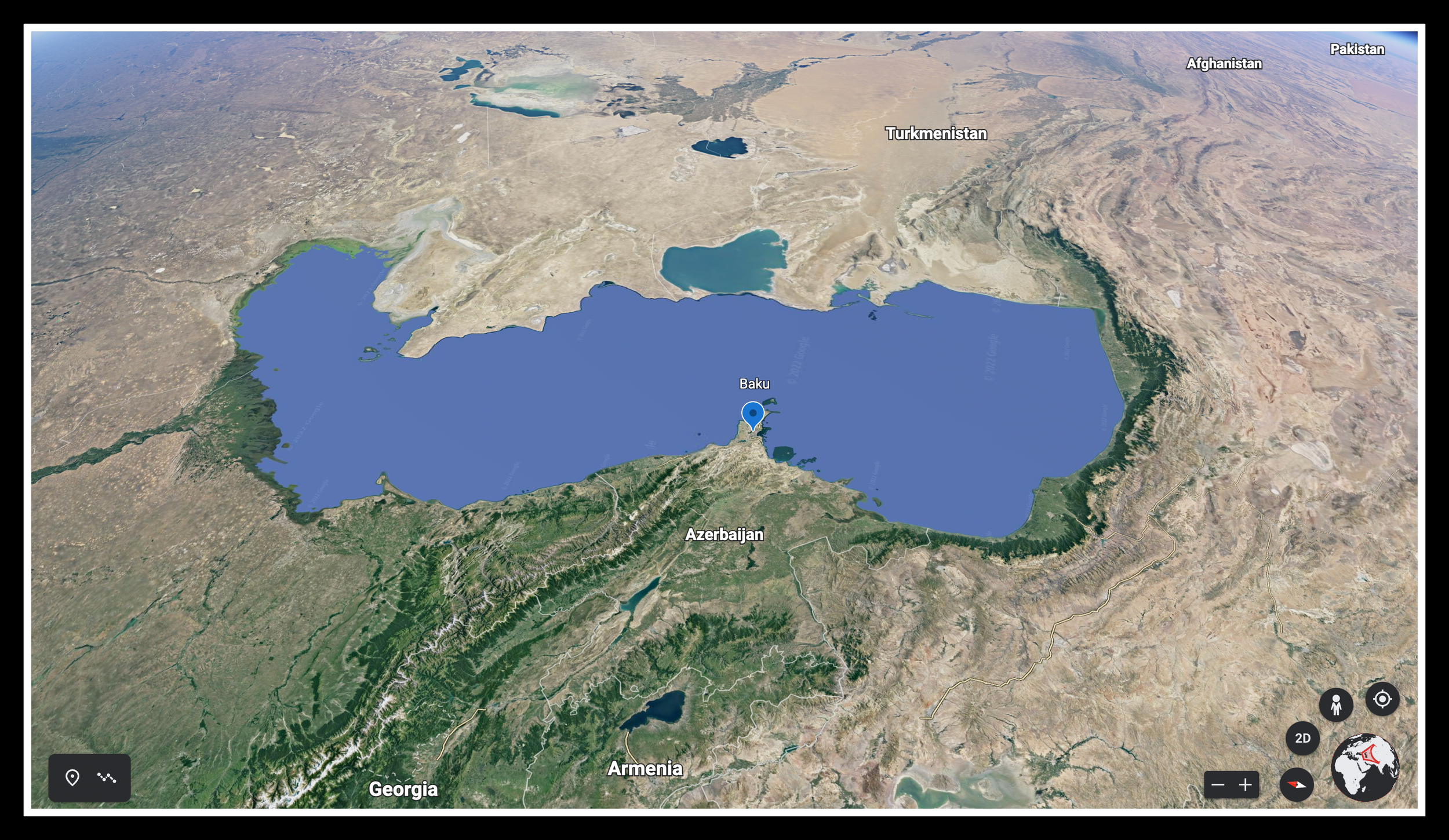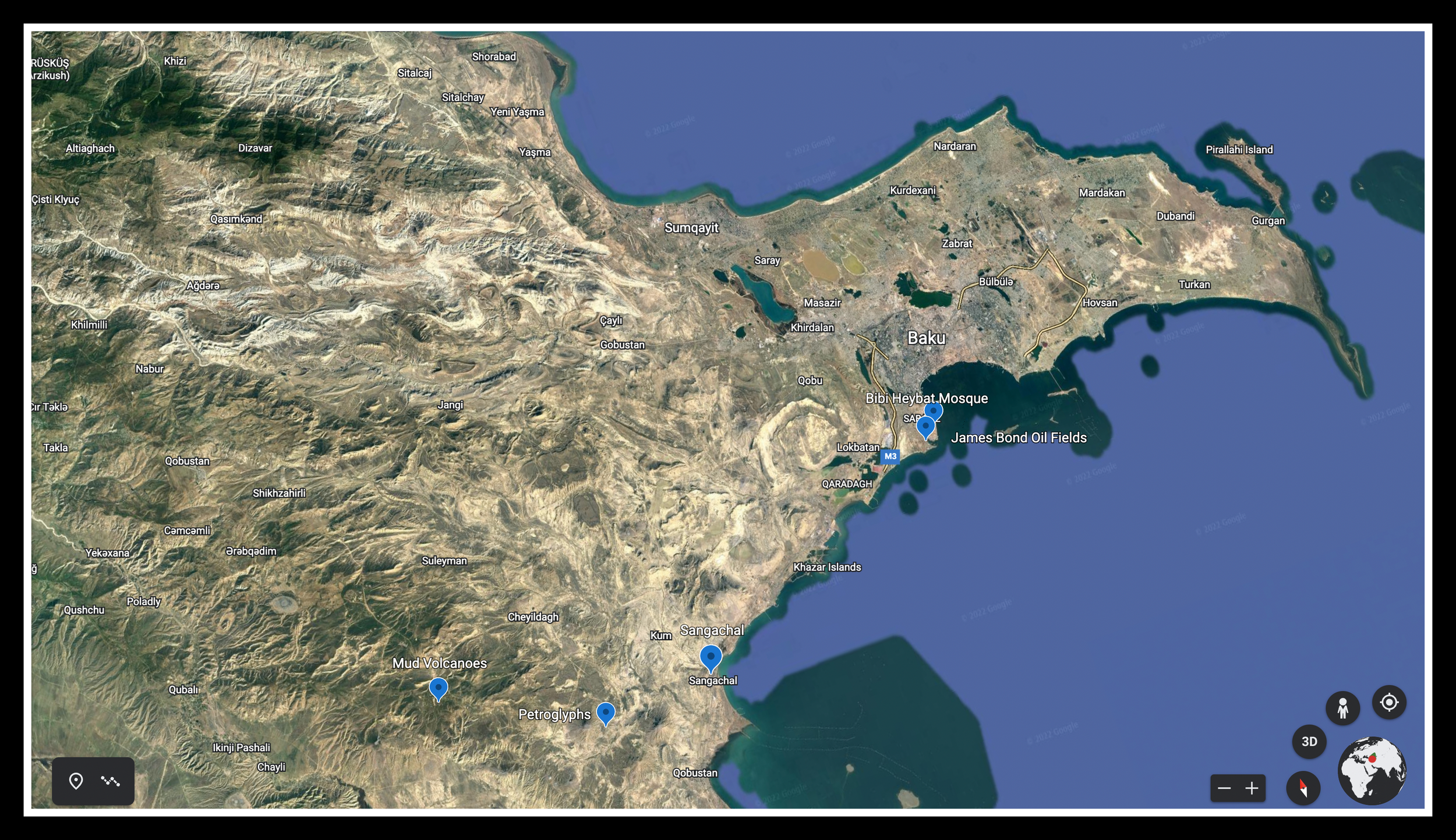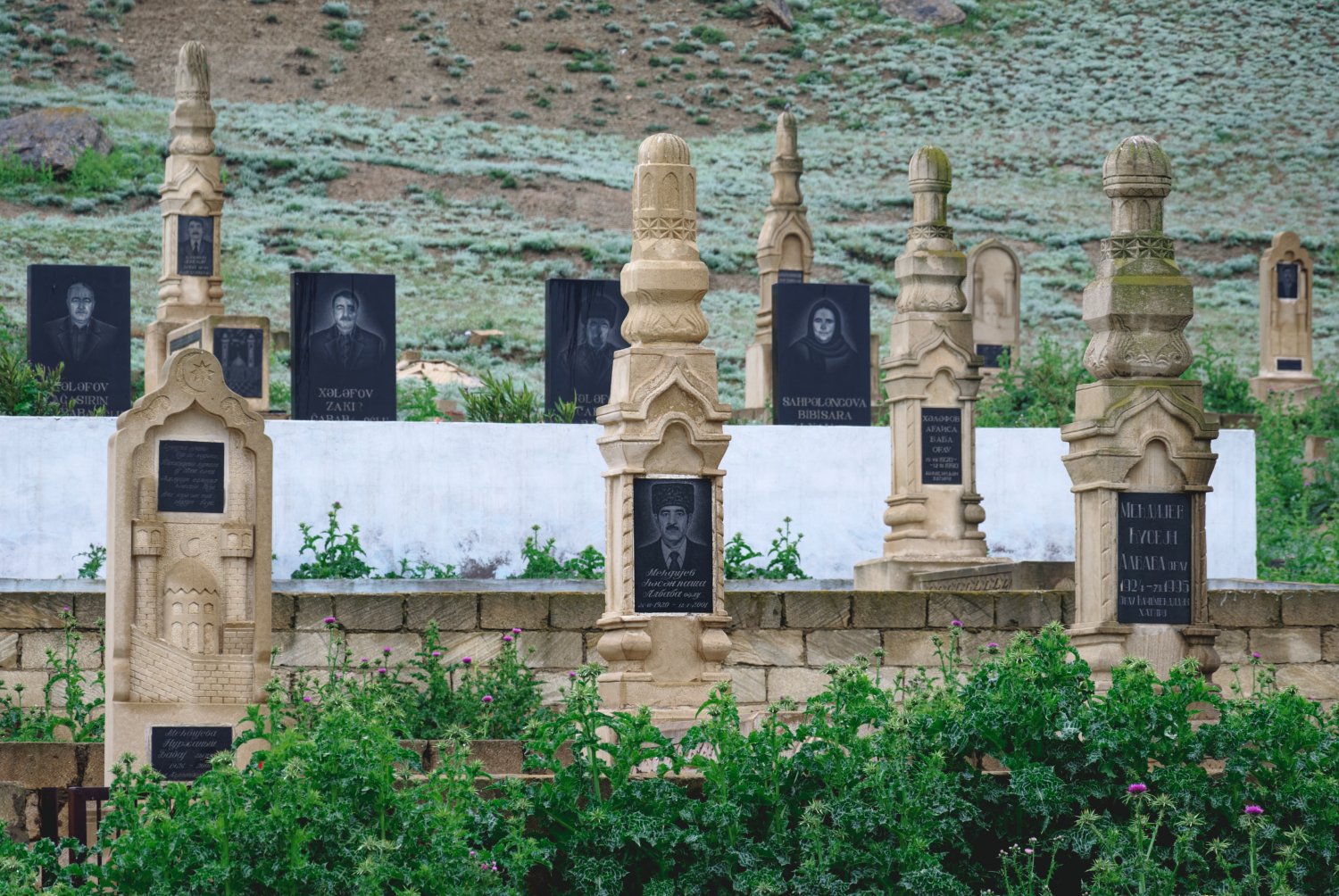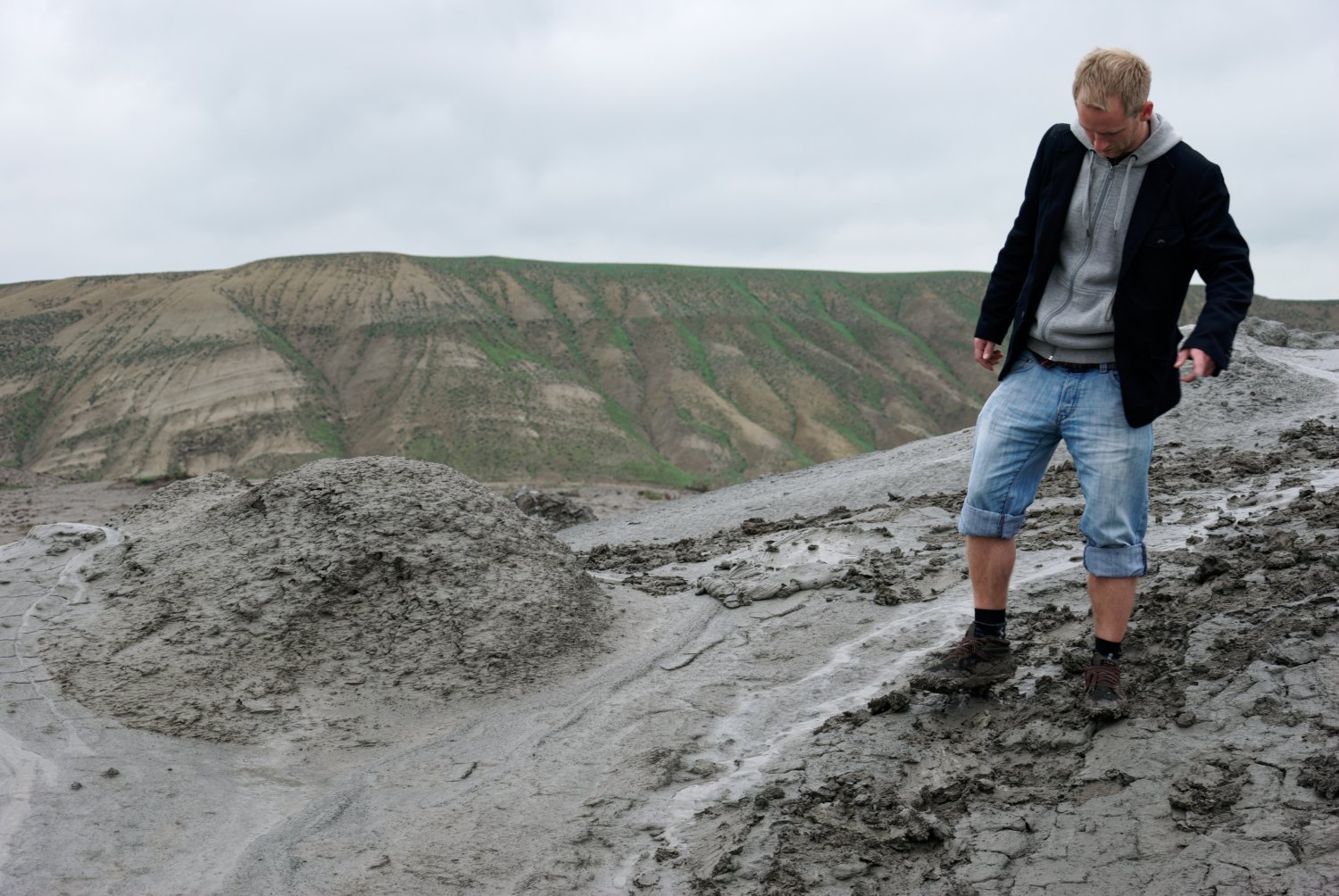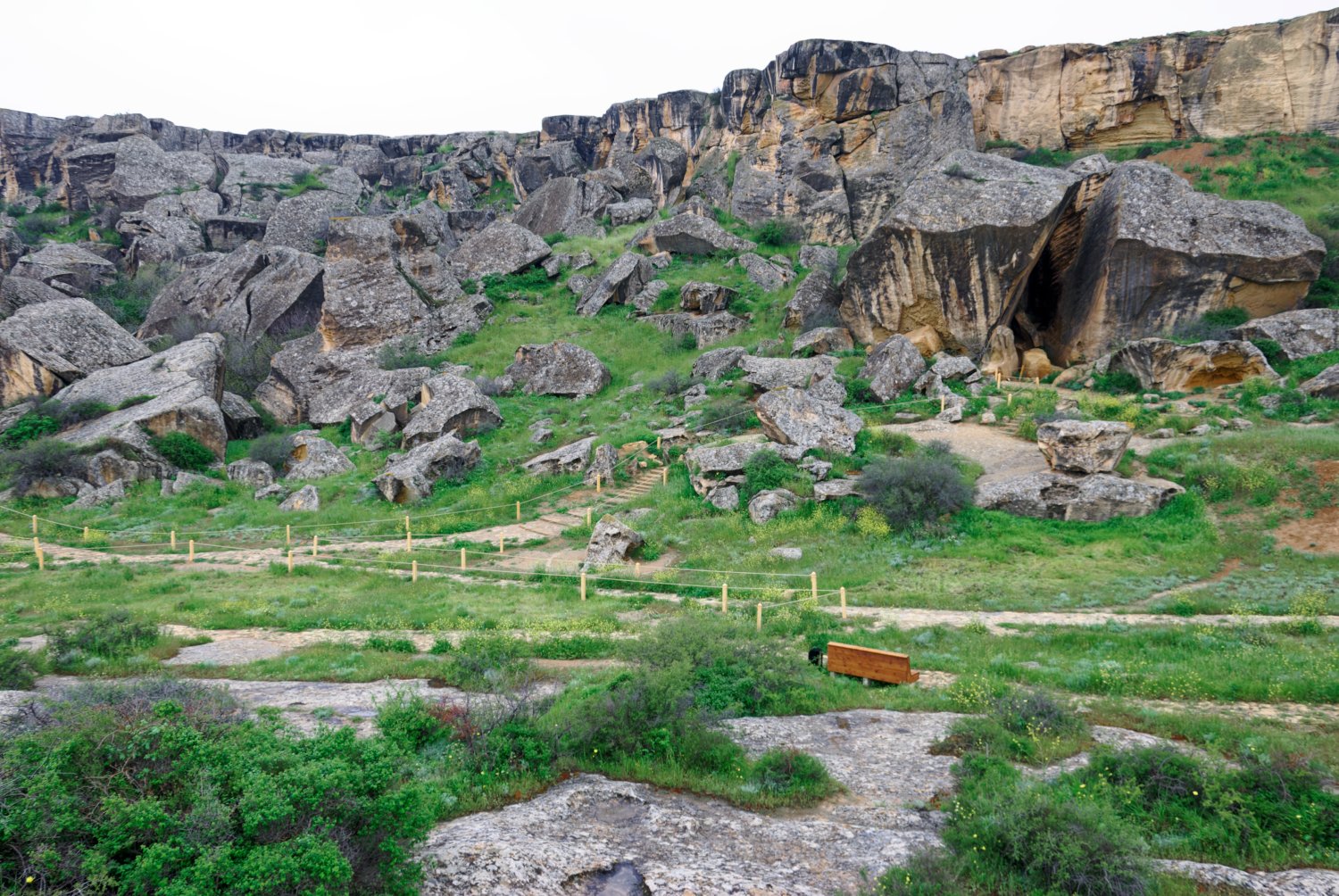134 - Terra-Not-So-Firma (Gobustan, Azerbaijan)
"To love. To be loved. To never forget your own insignificance. To never get used to the unspeakable violence and the vulgar disparity of life around you. To seek joy in the saddest places. To pursue beauty to its lair. To never simplify what is complicated or complicate what is simple. To respect strength, never power. Above all, to watch. To try and understand. To never look away. And never, never, to forget."
-- Arundhati Roy
SMILING? OUT. STOIC MELANCHOLY? IN. This is, more or less, the general cultural milieu in Azerbaijan regarding non-acquaintance interactions. Strangers don’t smile at each other. Women shun eye contact. Business is all business. I’d even read random smiling could be interpreted as a consequence of mental retardation. Foreigners are likely exempted, but you never know. Better safe than retarded.
When in Rome, eh? I gave it a shot, donning perpetual grumpy face while out and about. It wasn’t easy. A simple smile can be useful for breaking the ice elsewhere. The more I tried to stifle the impulse, the more I wanted to laugh. Staring down individuals who seemed unnaturally serious without a hint of bemusement required heaps of self-restraint. Heaps.
I met a young German gentleman named Sascha through my Couchsurfing connection (Kyle). He was in Baku for a month on business but had free time. So, we joined forces and rented a 4WD, aiming south for a day. Our agenda? Oil fields, mud volcanoes, petroglyphs, tank graveyards, and random incursions into the hinterland. Two yahoos and a Hyundai Tuscon. Yes.
Our first stop was the Bibi Heybat Mosque. The original, built in the 13th century, was destroyed by the Soviets in 1934. The structure as it now stands was opened in 1998. The mosque overlooks the “James Bond” oil fields, named for their role in the opening sequence of The World Is Not Enough. Exciting.
After the mosque, we descended. “Forlorn” and “god-forsaken” are appropriate adjectives for what we saw, a general theme throughout the day. It’s what happens when you mix soulless development with Soviet imagination (or lack thereof). Amid nodding donkey pumps with the smell of oil wafting in the air, it’s easy to imagine a post-apocalyptic world run by the machines. Captivating. Photogenic. Unsettling.
The farther south you go, the more it feels like the land the Soviets forgot. (And everyone else, for that matter). As we drove, I wondered if these folks even noticed the Soviet Union’s collapse and Azerbaijan’s independence. Our next intended destination was the petroglyphs of Gobustan, but a wrong turn led to the boulder-strewn lower slopes of Mt. Kichik Dash. Although we didn’t realize it, we’d found Qara-Atli Baba Pir or “Cave of the Black Horse Grandpa” (according to the all-knowing guidebook). It’s reputed to be a place of miracles, a pilgrimage site for desperate souls looking to improve their luck. An old man retreated there after being pursued by “pagan enemies” and was saved after a spontaneously formed supernatural spider web hid the cave's entrance from view. Need luck? All you need do is lodge seven stones on top of the “happiness rock.” Go.
Nestled in the same hills lies a graveyard that seemed out of place, isolated. No villages nearby. No signs of permanent habitation. The quasi-dwellings we did see appeared to exist for the benefit of pilgrims or animal herders. I assume being buried near a sacred site was desirable and, judging from the elaborate gravestones, pricey. I pondered the criteria for admission.
Next were the Gobustan mud volcanoes. Azerbaijan is home to over four hundred of these geologic anomalies (about half the world total) formed by the geo-excretions of liquids and gases. They’ve been known to explode with authority, ejecting tons of mud and meters of flame into the air. The 4WD was essential, as the dirt track was a mudskipper's utopia. We slipped. We slid. We fishtailed. We narrowly avoided permanent settlement. All unfolded to the melodious sound of a light jazz radio station somehow fitting. The saxophone meshed perfectly with the revving engine and mud splattering across the windshield.
Although the track led to the volcanoes, recent rains made the last five hundred meters nigh impossible. We parked at the bottom of a hill and began our slog. We encountered a shepherd tending his flock, shadowed by three signature Caucasian mastiffs used to assist. These pooches can be vicious. On the way in, two chased our vehicle through the muck for over half a kilometer, barking like lunatics the whole way. When one approached, our anuses clenched ever so. Fido was docile, but it didn’t look like it’d take much to set him off. Nice doggy. Goooood doggy.
How shall I describe the mud? Ever step in dog shit, the pasty non-turd variety? Well, imagine replacing topsoil with one to three inches of it. Insidious, I tell ya! Just ask Napoleon or Hitler about spring invasions of Mother Russia. Caca mud is killer. It binds to your soles, forming a mud version of snowshoes. The only upside stems from the stickiness, providing traction when walking uphill.
After fifteen minutes, we reached a surrealistic caca-soaked landscape of miniature bubbling, gurgling volcanoes. It felt like a scaled-up model of an eighth grader’s Earth Science project. The going was slow, a careful balancing technique required to avoid a mud bath. Mud oozes like puss from an open wound, punctuated by a bubble-associated geologic burp. Constant burbling resembles a “mad” scientific laboratory. It was super.
After a mud-bogging sequel, we rejoined terra firma and headed to the Gobustan Petroglyphs. These cave carvings are more of an anthropologist's wet dream than a compelling tourist hotspot, but still worth a gander. The fact ancient (wo)man made these drawings over 5,000 years ago is a bit mind-boggling (at least, my mind was boggled), though the actual date is up for debate and ranges from 5,000 to 40,000 years. The region could represent an original cradle of civilization. Following a brief tour underscored with grunting and pointing (our guide did not speak English), we mounted our Tuscon and proceeded back to Baku.
The “drive off into the countryside for shits and giggles” portion of our trip came near the town of Sangachal. We'd read about an isolated cemetery situated halfway between nowhere and the moon. Our piquing curiosity compelled us to investigate. After twenty minutes across dirt flats speckled with shrubs and decorated with electricity pylons, we arrived. One might be curious to know why the hell one would choose such an odd place to intern your loved ones. One would be justified in wondering such. Some consider the land sacred because it contains the remains of a local holy man. He requested his corpse be placed on a camel and buried where Mr. Dromedary decided to rest. In a courtyard on the edge of the cemetery, he’s interred inside a concrete tomb, while just outside the door stands a concrete camel to match.
We made a halfhearted attempt at visiting a Soviet tank graveyard but were rebuffed by a not-so-cordial guard in a yellow rain suit. He wanted nothing to do with us and bid us an antagonistic farewell. Spaseeba, comrade.
Our last stop was a construction/reconditioning plant for semi-submersible oil rigs in the Caspian Sea. As I stood upon the shore and gazed at these menacing metallic behemoths, I was struck by the sensation of having entered the set of a Star Wars film. Part of me expected to see Storm Troopers patrolling the decks. Breaching a hole in the fence and skirting an access path drew the attention of a security guard of the “grumpy, fat Azeri dude” disposition. Rebuffed again. Double fiddlesticks. At least we weren’t accosted by local police, a common occurrence for foreigners. We surmised such endeavors should be accompanied by vodka and cigarettes. If you can’t beat ‘em, bribe ‘em. Next time.

